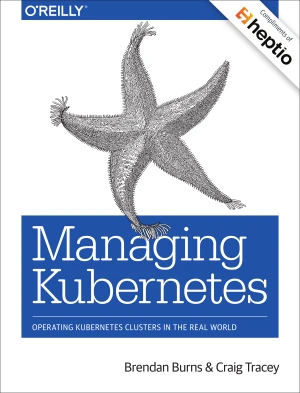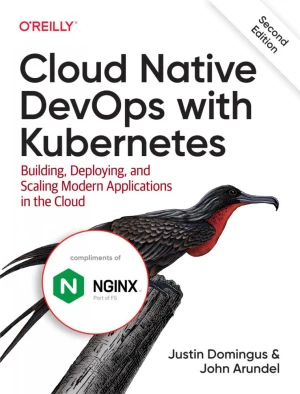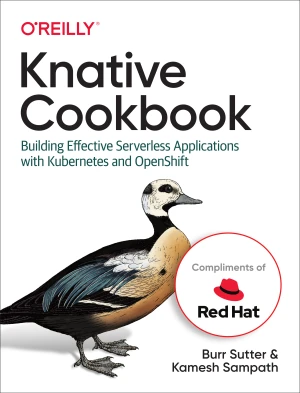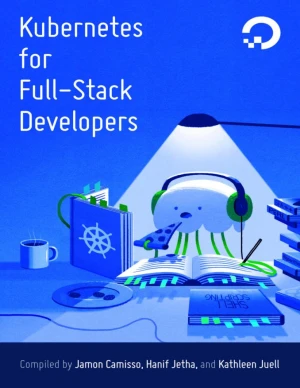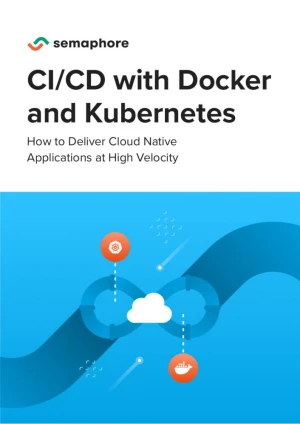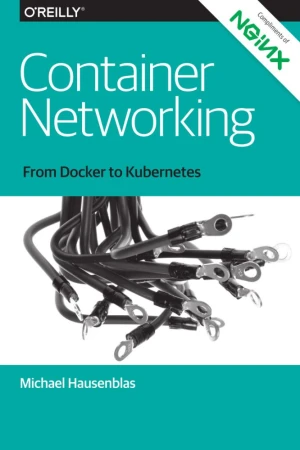GitOps Cookbook
Kubernetes Automation in Practice

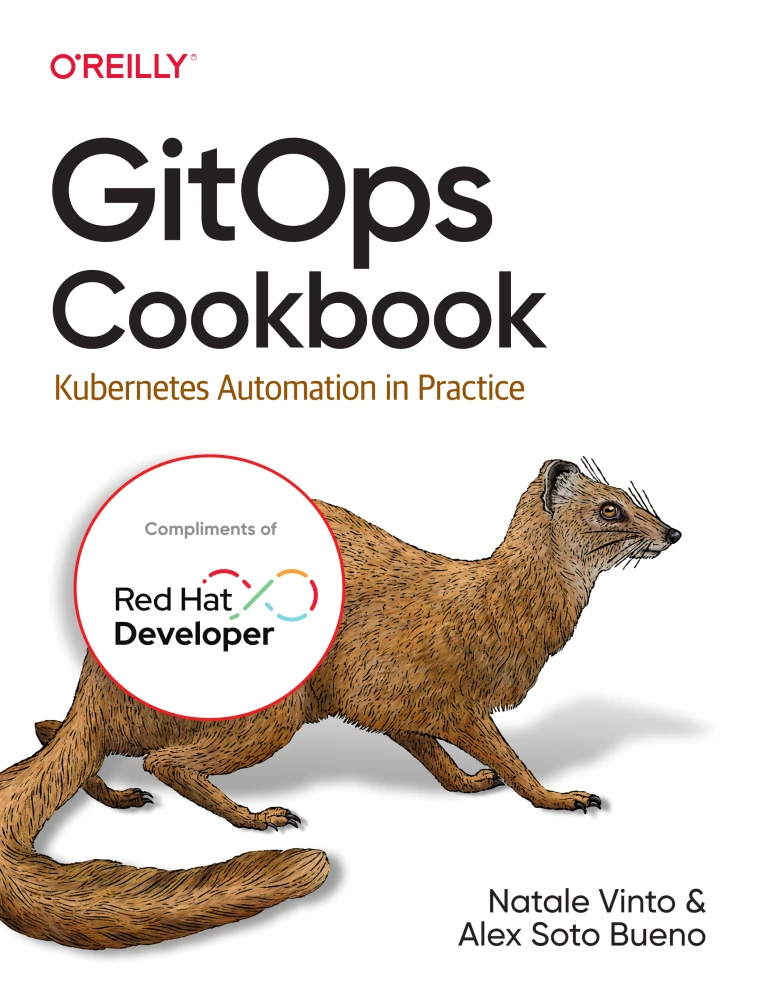
Book Details
| Authors | Natale Vinto, Alex Soto Bueno |
| Publisher | O'Reilly Media |
| Published | 2023 |
| Edition | 1st |
| Paperback | 242 pages |
| Language | English |
| ISBN-13 | 9781492097464, 9781492097471, 9781098148096 |
| ISBN-10 | 1492097462, 1492097470, 1098148096 |
| License | Compliments of Red Hat |
Book Description
Why are so many companies adopting GitOps for their DevOps and cloud native strategy? This reliable framework is quickly becoming the standard method for deploying apps to Kubernetes. With this practical, developer-oriented book, DevOps engineers, developers, IT architects, and SREs will learn the most useful recipes and examples for following GitOps practices.
Through their years of experience in application modernization, CI/CD, and automation, authors Alex Soto Bueno and Natale Vinto from Red Hat walk you through all the steps necessary for successful hands-on application development and deployment with GitOps. Once you start using the recipes in this book, you'll have a head start in development cycles on Kubernetes following the GitOps approach.
You'll learn how to:
- Develop and deploy applications on Kubernetes
- Understand the basics of CI/CD and automation on Kubernetes, and apply GitOps practices to
- implement development cycles on the platform
- Prepare the app for deployment on multiple environments and/or multiple Kubernetes clusters
- Deploy apps for either multiple environments using GitOps and Argo CD, or for Kubernetes clusters
- Create Kubernetes-native pipelines with Tekton
- Provide and extend DevOps skills for the team working on Kubernetes
- Use progressive delivery to put your applications into production
This book is published as open-access, which means it is freely available to read, download, and share without restrictions.
If you enjoyed the book and would like to support the author, you can purchase a printed copy (hardcover or paperback) from official retailers.
Download and Read Links
Share this Book
[localhost]# find . -name "*Similar_Books*"
Managing Kubernetes
While Kubernetes has greatly simplified the task of deploying containerized applications, managing this orchestration framework on a daily basis can still be a complex undertaking. With this practical book, site reliability and DevOps engineers will learn how to build, operate, manage, and upgrade a Kubernetes cluster - whether it resides on cloud
Cloud Native DevOps with Kubernetes, 2nd Edition
Kubernetes has become the operating system of today's cloud native world, providing a reliable and scalable platform for running containerized workloads. In this friendly, pragmatic book, cloud experts Justin Domingus and John Arundel show you what Kubernetes can do-and what you can do with it. This updated second edition guides you through the gro
Knative Cookbook
Enterprise developers face several challenges when it comes to building serverless applications, such as integrating applications and building container images from source. With more than 60 practical recipes, this cookbook helps you solve these issues with Knative - the first serverless platform natively designed for Kubernetes. Each recipe contai
Kubernetes for Full-Stack Developers
Whether you're just curious, getting started with Kubernetes, or have experience with it, this curriculum will help you learn more about Kubernetes and running containerized applications. You'll learn about core Kubernetes concepts and use them to deploy and scale applications in practical tutorials. By the end of this curriculum you'll be able to
CI/CD with Docker and Kubernetes, 2nd Edition
Containers change how developers build, test, and deploy code. Adopting them takes time, and using them incorrectly can slow down the delivery process. Not every organization has a dedicated team of engineers to focus on this transition, unlike companies such as Spotify or Netflix. A startup CTO, for example, may need to prioritize shipping feature
Container Networking
When you start building your first containerized application, you're excited about the capabilities and opportunities you encounter: it runs the same in dev and in prod, it's straightforward to put together a container image using Docker, and the distribution is taken care of by a container registry. So, you're satisfied with how quickly you were a

